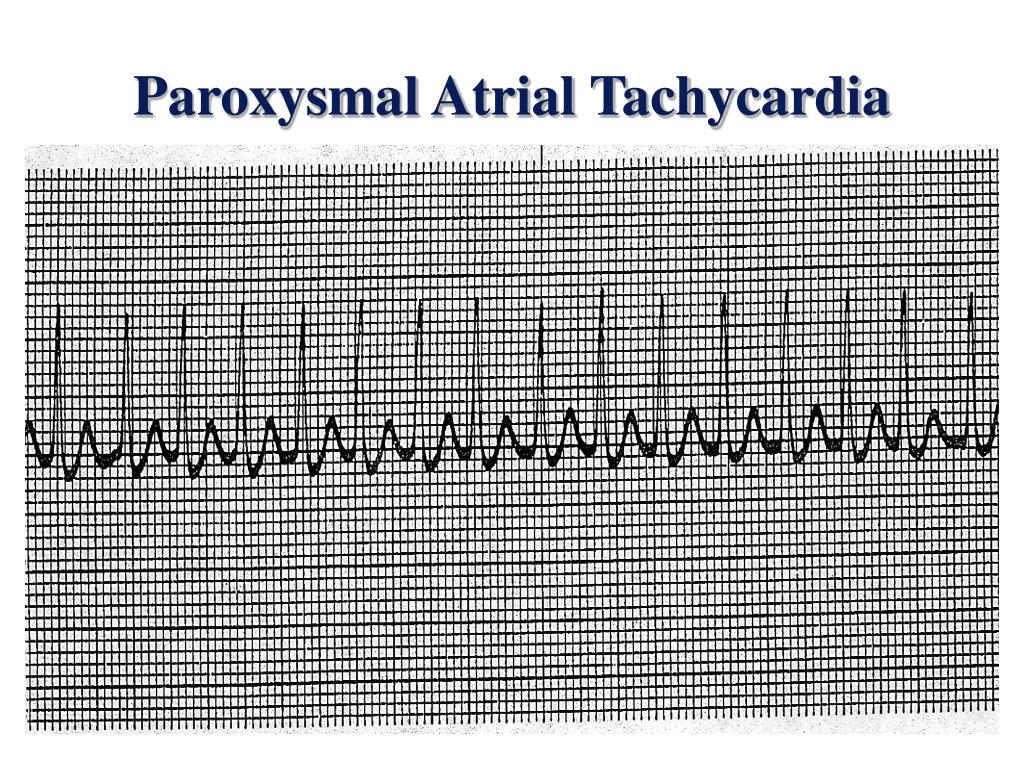

123.)ĭisease (Mustard, Senning, Fontan, and ASD repairs). (Reproduced with permission from Marriot JL, Conover MB.

(B) The atrial rate is 345 BPM with high-grade AV block. (A) The atrial rate is 428 BPM with variable AV conduction. It occurs frequently in patients who have undergone surgical repair of congenital heartįig. Incisional reentrant atrial tachycardia is macroreentry around a surgical incision. The atrial rate in true atypical atrial flutter is usually more rapid (340-440 cycles per minute) than that of typical atrial flutter, and the direction of rotation may be clockwise or counterclockwise. This includes leading circle reentry or reentry around a variety of naturally occurring anatomic boundaries. type of dysrhythmia (1 fibrillation or 2 flutter).

True atypical atrial flutter (also called Type II, "rare," or "uncommon") is a rare type of atrial flutter that describes a heterogeneous group of single macroreentrant atrial tachycardias. Both ICD-9-CM and ICD-10-CM diagnosis coding requires a fourth digit to. Note the positive flutter (f) waves in aVF.Ģ. (B) Clockwise atrial flutter with 2:1 conduction. (A) Counterclockwise atrial flutter with 4:1 and 2:1 conduction. Surface electrocardiograms demonstrating both clockwise and counterclockwise typical atrial flutter in the same patient. Clockwise typical atrial flutter also has a flutter rate of approx 300 cycles per min, but the flutter waves are usually positive in the inferior leads (see Fig. Atrial Flutter 1) For atrial fibrillation, document type as: -Paroxysmal -Persistent or-Chronic 2) For atrial flutter, document type as: -Typical or Type 1 or-Atypical or Type 2 Blood Loss Anemia 1) Document, when appropriate: -Anemia due to acute blood loss -Anemia due to chronic blood loss 2) If acute blood loss anemia is due to blood loss. It has an atrial rate of approx 300 (240-350) cycles per min, and has negative flutter waves in the inferior leads. It is usually counterclockwise (also known as "common" or "usual" atrial flutter ) but may less frequently be clockwise (" atypical atrial flutter" distinguished from "true atypical atrial flutter." Counterclockwise typical atrial flutter is the most common type of atrial flutter seen clinically. Typical atrial flutter (Type 1 or isthmus-dependent) reentry depends on a zone of slow conduction in the narrow isthmus confined by the inferior vena cavae, Eustachian ridge, CS, and tricuspid annulus. Recognizing the many subtypes of atrial flutter and the need for a more specific system of nomenclature to facilitate sharing of new insights by investigators into the various forms of macroreentrant tachycardias, electrophysiologists proposed this new classification schema, based on electrophysiologic criteria (30):ġ. Atrial flutter is therefore a general term used to define a heterogeneous group of macroreentrant supraventricular tachyarrhythmias that may exist in either atrium. Macroreentrant circuits manifesting as atrial flutter may propagate around anatomic, surgical, or functional barriers.


 0 kommentar(er)
0 kommentar(er)
